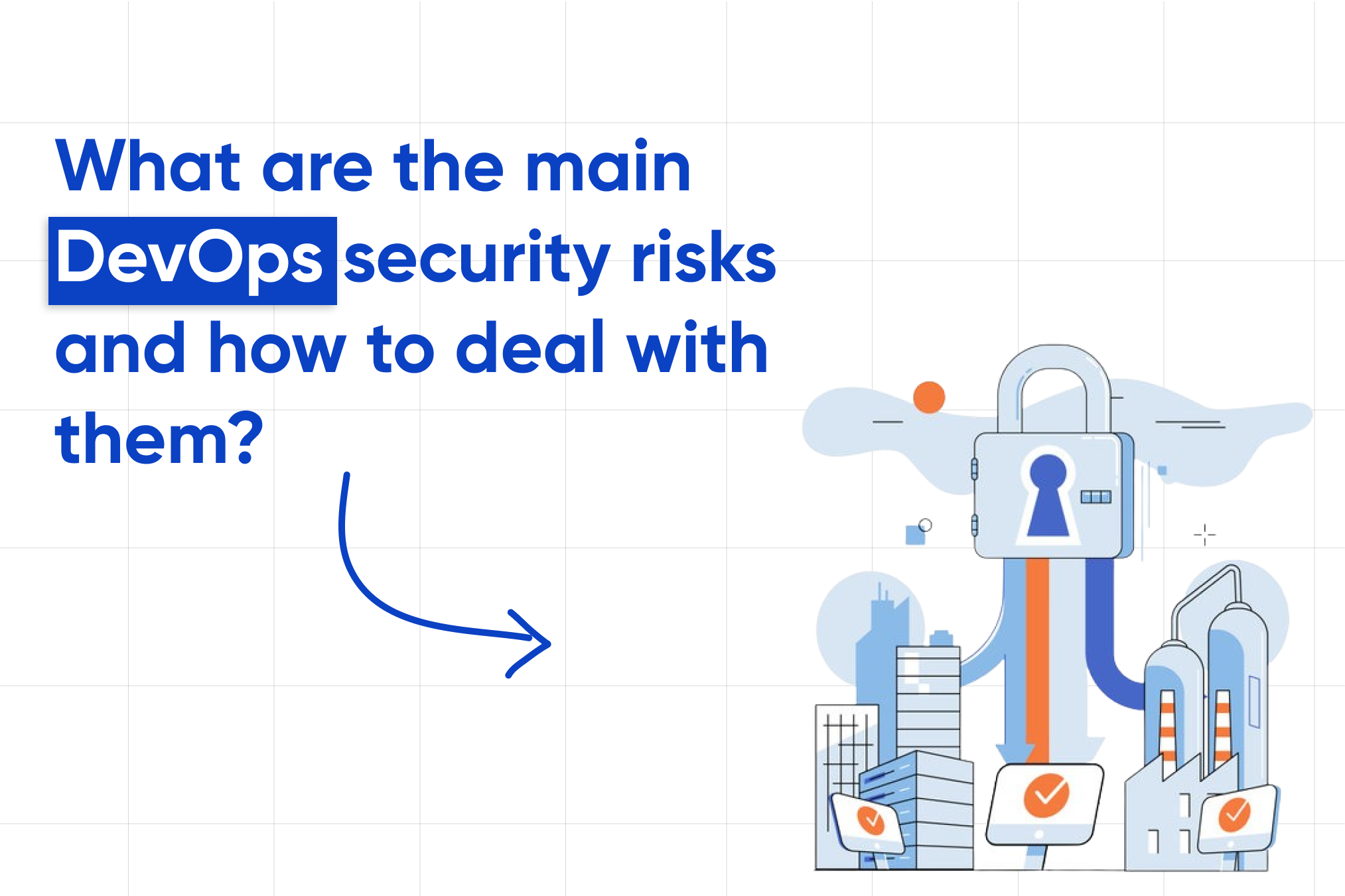DevOps
Introduction:
DevOps, the fusion of software development and IT operations, is gaining widespread popularity by enabling teams to seamlessly build, deploy, and manage software at a rapid pace. Despite its adoption, integrating security into this framework often lags behind. To comprehensively strengthen the Software Development Life Cycle (SDLC), agile DevSecOps embeds security at every stage. It becomes important to employ a mix of technical tools, policies, and protocols to secure a DevOps landscape from initial design through testing, release, and maintenance.
DevOps security depends on interdepartmental collaboration, where shared responsibility ensures the implementation of strong security measures across the entire workflow. Teams are tasked with ensuring software reliability, protecting data, and following governance and incident management protocols. While continuous monitoring, testing, and automation accelerate processes, effective communication emerges as the backbone to strengthen security in DevOps practices.
Let us move ahead to the article to understand the security risks and the points to deal with them.
DevOps Security Risks
Application security faces a variety of challenges due to a combination of technical and cultural elements. However, within DevOps, security barriers often arise due to conflicting objectives between developers and security teams. Developers prioritize rapid software deployment through the pipeline, while security teams emphasize defect elimination, leading to potential delays in development timelines.
- Security oversight lags behind DevOps velocity: The accelerated pace of DevOps, characterized by rapid development cycles, hinders adequately reviewing code for potential vulnerabilities. This speed often results in security measures being compromised, leaving room for misconfigurations and unresolved flaws that expose breaches or malfunctions in the software.
- Neglect of security within DevOps teams: The current cultural resistance to integrating strong security and testing practices is a significant barrier. This resistance stems from the perception among developers and operational teams that security protocols hinder progress and slow down development. However, delaying security measures ultimately increases the effort and time spent on retroactive fixes. Prioritizing security first in the software development life cycle (SDLC) reduces technical debt compared to initial downtime.
- Risks associated with tools in a DevOps environment: DevOps relies heavily on cloud infrastructure and often uses open-source or new tools. Although these tools can increase productivity, they also present potential risks to the DevOps ecosystem. For example, containers, a portable packaging platform for applications, lack visibility for vulnerability scanning, creating challenges in ensuring their security.
- Vulnerabilities arising from inadequate controls: The management of privileged access and sensitive information in a DevOps environment requires tight controls. Both human users and automated tools use privileged inputs such as API access tokens and account credentials to maintain privacy during operations. Inadequate management of these sensitive elements or loose access controls creates vulnerabilities that can be exploited by attackers to steal data, disrupt operations, or gain control of the IT infrastructure.
Security Practices for DevOps
You can integrate various tools and practices into your DevOps workflow to deal with security risks.
- Adopting DevSecOps principles for broader security integration: Achieving seamless integration of security measures within the DevOps lifecycle depends largely on promoting cross-functional collaboration. A culture of collective responsibility is important to maintain safety practices. To develop this, training programs aimed at imparting the DevSecOps ethos to security and other professionals have become important. Equipping security teams with coding skills and API proficiency, as well as enabling developers to automate security tasks, promotes a cohesive approach.
- Enforcing strong security policies: Establishing clear and easily understood security policies and governance frameworks is important for the ongoing management of security risks. These policies include access control, configuration management, code review, vulnerability testing, and firewall protocols. Ensuring widespread familiarity among all personnel with these security protocols is paramount, while maintaining operational visibility helps monitor compliance adherence.
- Increasing the power of automation: The use of automated tools and processes is helpful in enhancing and accelerating security operations to align with the rapid pace of DevOps workflows. Automating tasks such as configuration management, code analysis, vulnerability identification, and privileged access streamline operations. This automation not only reduces human errors but also frees up valuable time for developers and security teams to focus on strategic initiatives.
- Comprehensive vulnerability management: There should be a strong system in place to continuously scan, assess, and remediate vulnerabilities throughout the entire software development life cycle (SDLC), ensuring all code is secure before deployment. Techniques like penetration testing help uncover vulnerabilities for immediate remediation. After deployment, continuous testing by security teams helps in finding vulnerabilities and applying necessary patches.
- Discreet privileged access management: Monitoring and controlling access rights plays an important role in strengthening security measures. Limiting privileged access rights reduces potential avenues for security breaches. Strategies such as removing administrative privileges on end-user devices, instituting workflow check-out procedures, and enforcing restricted access for developers and testers significantly enhance security measures. Additionally, protecting privileged credentials and monitoring privileged sessions ensures the legality of all activities.
Conclusion
DevOps teams tend to ignore security as a secondary concern. This arises from inadequate skills and equipment as well as a tendency to prioritize speed over the responsibility for safety. Still, it's important to include security as a fundamental component of the DevOps workflow. This guarantees uniform excellence of your software across all releases and prevents the accumulation of technical debt, saving you from future complications.

